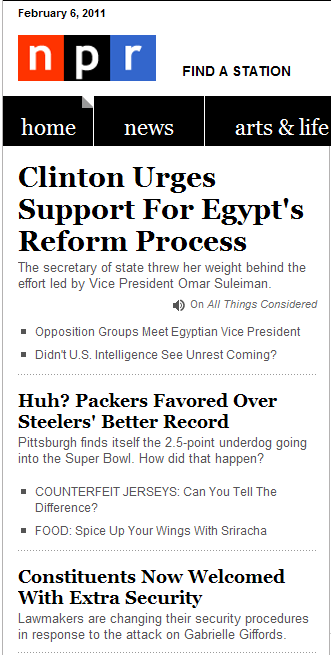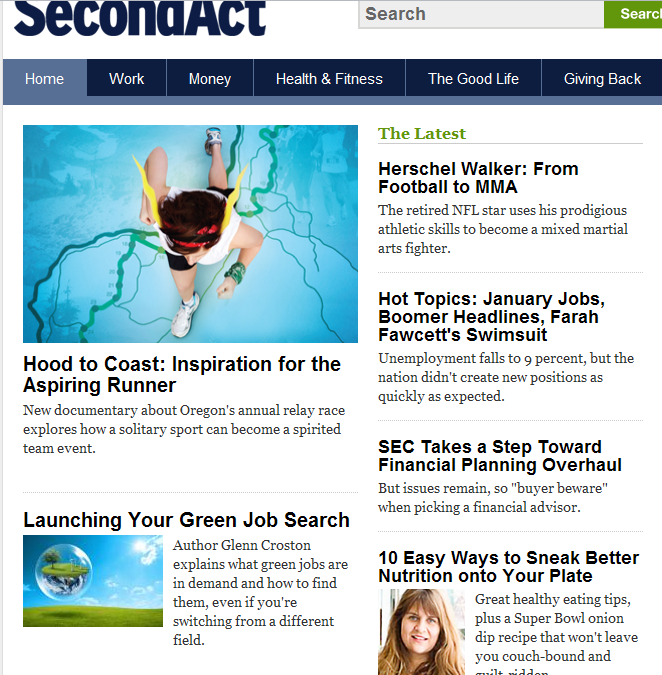this is excerpted from Blog WORDCOUNT
https://michellerafter.com/2011/02/07/writing-basics-the-deck/
A WordCount reader wrote recently after reading a post on making editors fall in love with your work that included advice to always submit headlines and decks when you turn in stories.
What, he asked, is a deck?
Good question. A deck is old newspaper lingo for the short article summary that accompanies a headline. It could be a phrase, a sentence or even two if they’re very short.
Back before search engine optimization and online news, newspaper and magazine headlines were often written more to entertain than enlighten, so the deck had to do the heavy lifting of explaining what a story was about.
These days, it’s more common for headlines to be optimized to be picked up by search engines so aren’t so pun-filled or cutesy. But decks still serve the purpose of informing readers – hopefully so they’ll want to continue reading the story.
If you blog but haven’t ever written for any other type of publication, think of a deck as a blog post’s short article summary or meta description – it briefly sums up what the story is about.
Writing decks is a learned skill, just like writing headlines, leads and photo captions.
Here are some examples of decks from several online news publishers:
1. NPR – The decks that the public radio broadcaster runs on its front page give readers a bit more information on what each story is about, so they can quickly scan and get the gist of what’s happening, even if they don’t click through to read the whole piece.
2. New York Times – Decks on the Technology page of the paper’s website add details to the headline, but also repeat keywords, good for SEO purposes. They also vary in length depending on the column size, but as these examples show, generally run from 16 to 22 words long and could be one sentence or two.
3. SecondAct.com – This front page of SecondAct.com, a spin off of Entrepreneur Magazinefor people over 40, includes three posts I wrote for the site, each with headlines and decks that came from me: Launching Your Green Job Search, Herschel Walker: From Football to MMA, and Hot Topics: January Jobs, Boomer Headlines, Farrah Fawcett’s Swimsuit. Each one serves a slightly different purpose. The deck on “Green Job Search” lets readers know it’s an author interview. The “Herschel Walker” deck explains what “MMA” stands for. The deck on “Hot Topics,” which is the site’s weekly news roundup, goes into more detail on the top news story, which in this case was the January unemployment numbers.
4. GettheInsideEdge.com – Here’s what heads and decks look like on Inside Edge, the website for CFOs that I work on as a contract editor. One glance at the decks on these stories and you can tell the site’s aimed at mid-sized companies (actually, looking at these all together, we may have used the phrase “mid-sized” a little too often). But since that focus sets the site apart from other websites covering finance, it’s something we want to hammer home every chance we get, including in headlines and decks.
Now that you’ve seen some examples, what are the keys to writing good decks?
- Summarize what a story is about.
- Indicate the type of story a reader will see: a Q&A, review, analysis, etc.
- Spell out acronyms or abbreviations.
- Provide additional detail.
- Be concise.
- Use active language.
- Use colorful verbs.
- Match a story’s voice or tone.
- Foreshadow details in the story without giving away any surprises you’ve saved for the ending.
- Incorporate SEO as needed.
Have your own secrets for writing good decks? Please share by leaving a comment.




No comments:
Post a Comment